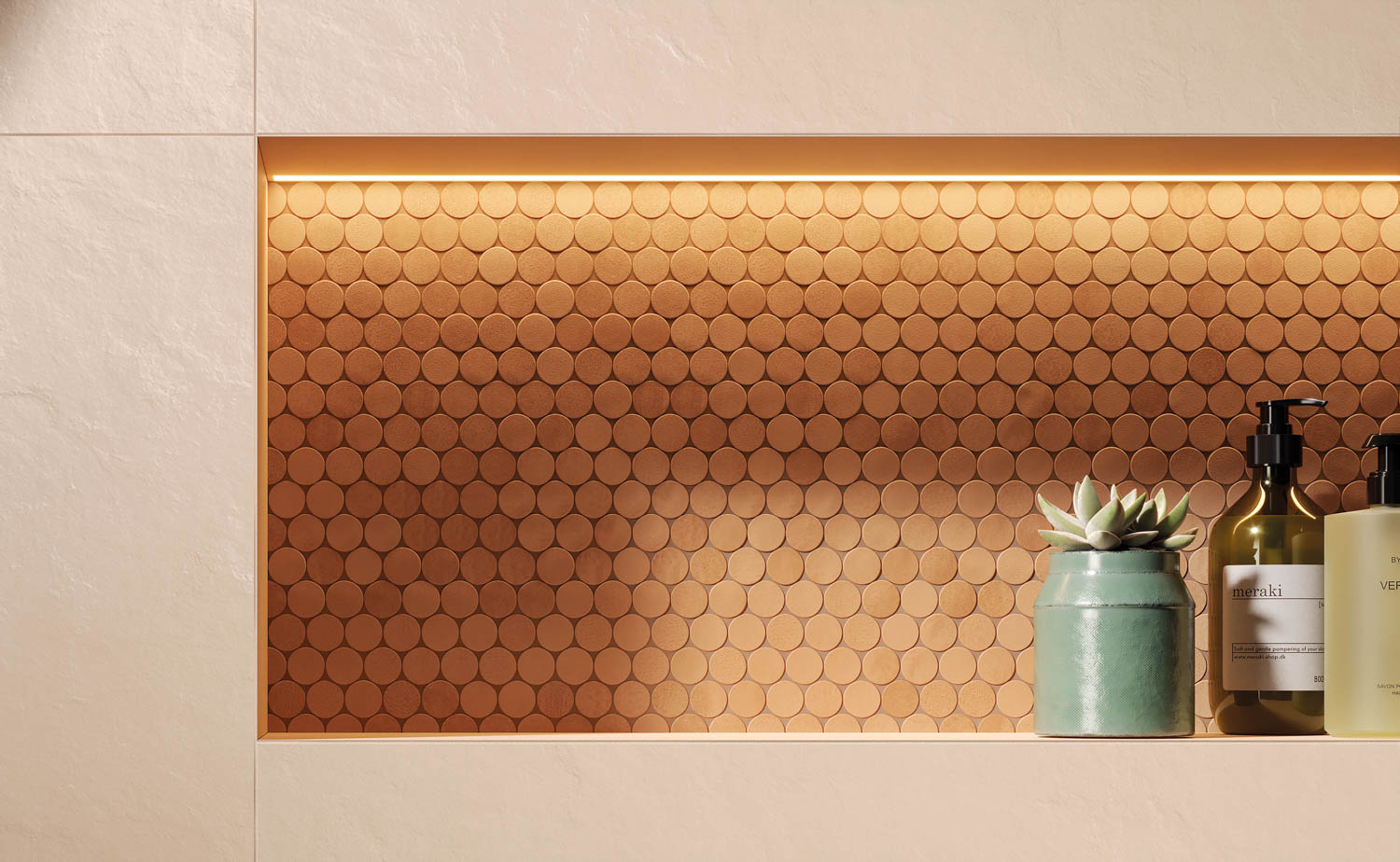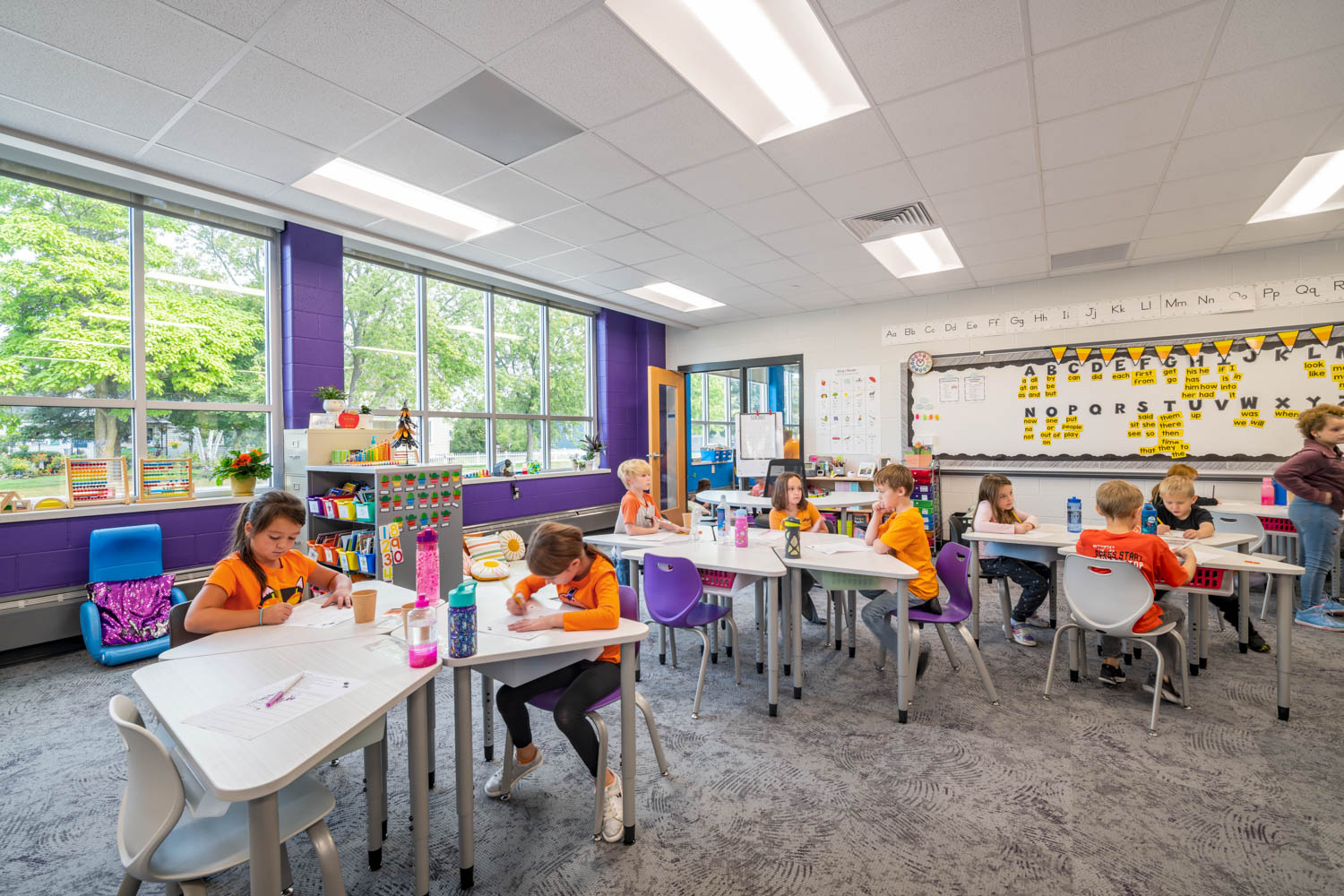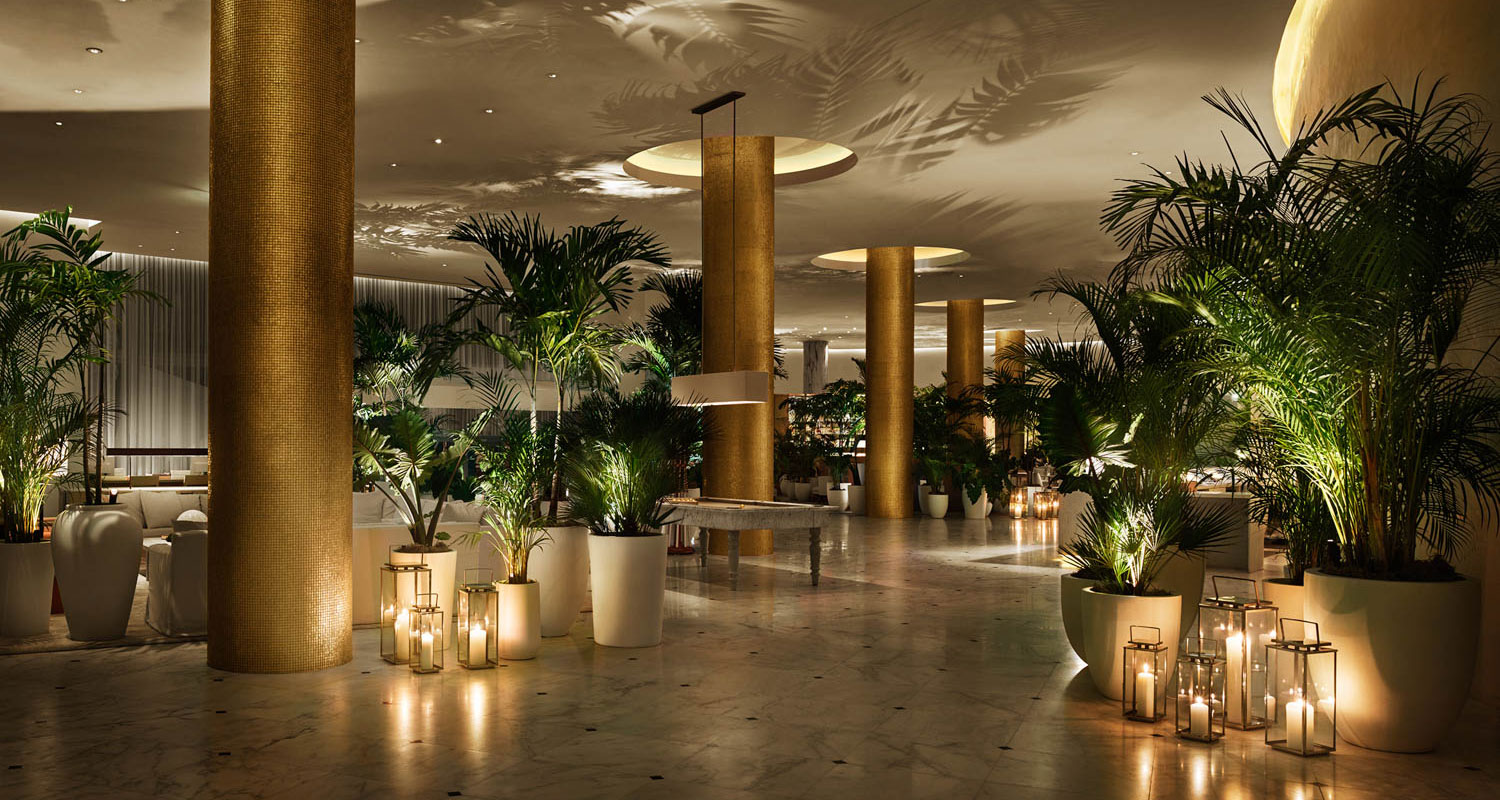Parsons’ Inaugural MFA Textile Graduates Debut Capstone Projects
The New School’s Parsons School of Design announced the debut of theses capstone projects from the 2020 graduates of its inaugural MFA Textiles program. The MFA Textiles program was envisioned by Li Edelkoort in 2015 who, now the Dean of Hybrid Design Studies at Parsons School of Design, says all 16 graduates are, “
1. Jeremy Ripley
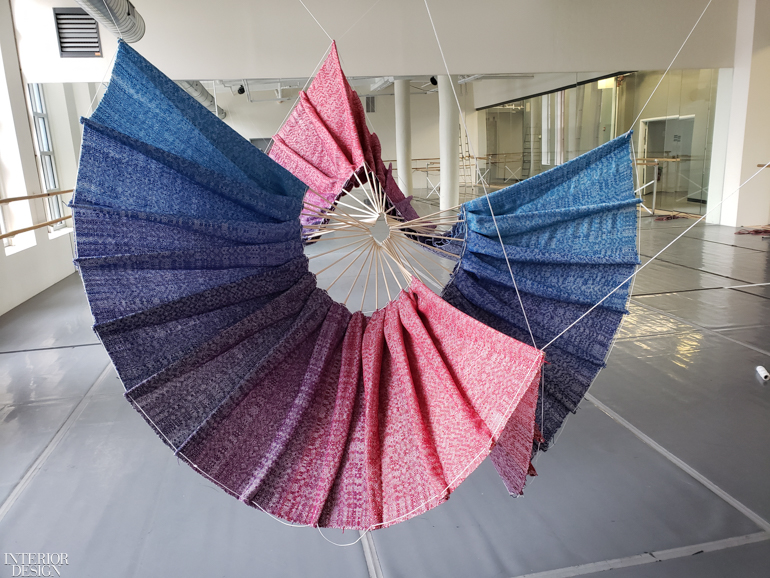
Flat texture is transformed into living forms inspired by mathematical and geometrical concepts. The textiles are inspired by and aim to create new interactions with acoustics, the color spectrum, and electromagnetics.
2. Tess Murdoch
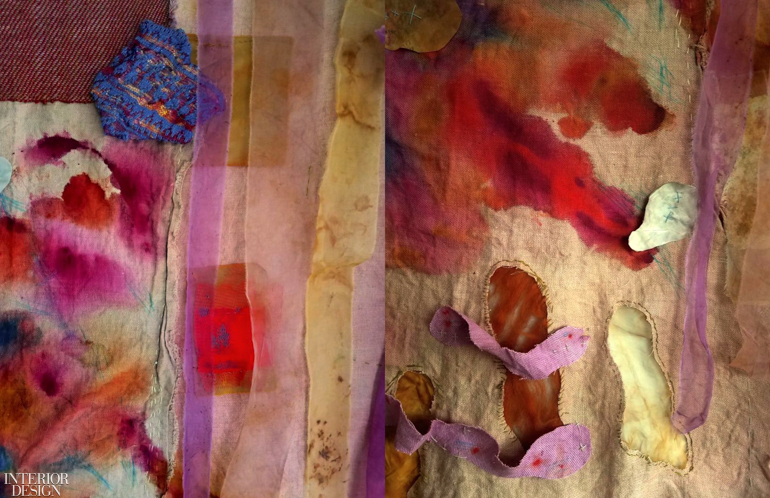
Touch is everything for this collection of compositions made from raw or donated materials. Spanning machine knits to hand weaves, the evidence of the hand is omnipresent in every piece, no matter what its size or color.
3. Terumi Saito

Power of hand making pulls from traditional dyeing and weaving techniques used in Peru and Guatemala and pays homage to this time-honored craft through creating works inspired by sacred animals with symbolic meaning.
4. Lauren Bailey

Previously used textiles are whimsically reimagined as home objects and masks that are made to be touched. Inspired by forms and textures found in the natural world, Bailey’s methods include weaving, quilting, and natural dyeing.
5. Peter Salera

power cords, AC adapters, tri-colored AV cables, plastic-coated copper
speaker wire, extension cords, and motherboard pieces. Photography courtesy of Peter Salera.
Interested in renunciationism and excavationism, Salera’s project is comprised of gathered materials and assembled in ways that transcend classic notions of objectivism.
6. Yi Hsuan Sung

Bioplastic and food waste are transformed into a sustainable textile system that creates dynamic light and color in its nature-inspired formations.
7. Liuxu Luo

Beginning with watercolor then evolving to include laser-cut flower shapes, silk, ribbon, and other naturally dyed materials, the final product evokes the free-flowing patterns of nomadic life.
8. Anubha Sood
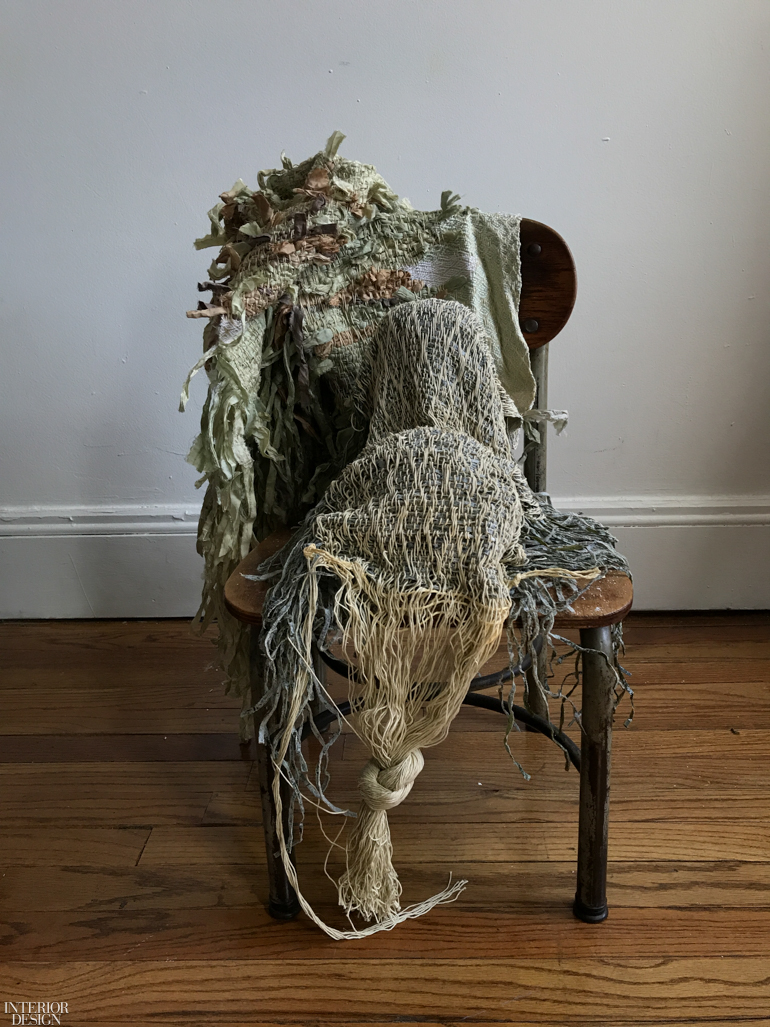
Water and seagrass—collected from three different oceans—are dyed, woven, and softened to showcase how the material changes in form and reveals new details.
9. Laura Kung

This woven warp painting uses natural dyes that reinterpret a traditional Chinese carpet with American and French elements to add to Kung’s larger collection of work that introspectively examines belonging, home, and the in-between.
10. Pallavi Padukone

Incorporating fragrance through natural scent-
coated and dyed yarn in handweaving and embroidery, time and space is collapsed into one garment that proves to be an immersive experience.
11. Sagarika Sundaram

Unseers is an immersive textile world experienced through photography and filmed performance. The project speculates an alternate society of blind oracles who foretell the future using a collection of hand-felted textile artifacts and costume. Her collection extends to applications as furniture and home textiles.
12. Samyukta Easwaran

Two traditional Indian garments for men and women, the dhoti and sari respectively, are made with the same dimensions of textile, thus by replicating these styles with naturally dyed fabric, Easwaran brings into dialogue the norms of gender and cloth.
13. Olivia Koval
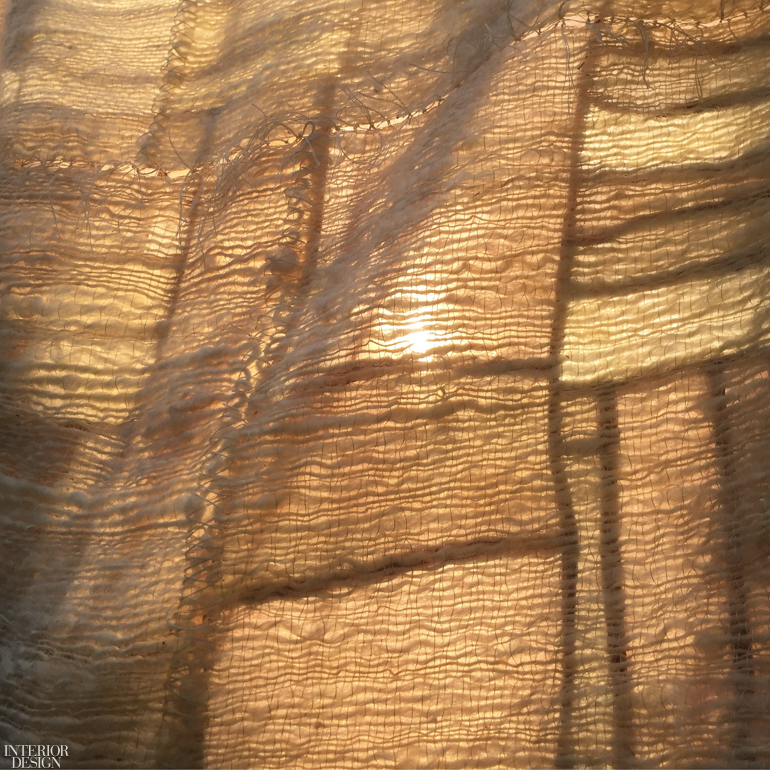
Inspired by quilting, landscape, and natural color, Koval uses natural materials to create landscapes guided by memory and the cycles of the natural world.
14. Sanya Sharma

A study of intersectionality across time, Sharma weaves together natural fibers to create diaphanous, spatial structures that offer a disconnect from immediate chaotic surroundings and allow for a moment of stillness.
15. Zhuldyz Tazhimbetova

Tazhimbetova tells stories about the shifts of depleting natural resources and landscapes through a variety of knitting practices that allow for complete agency over the project.
16. Jacob Olmedo
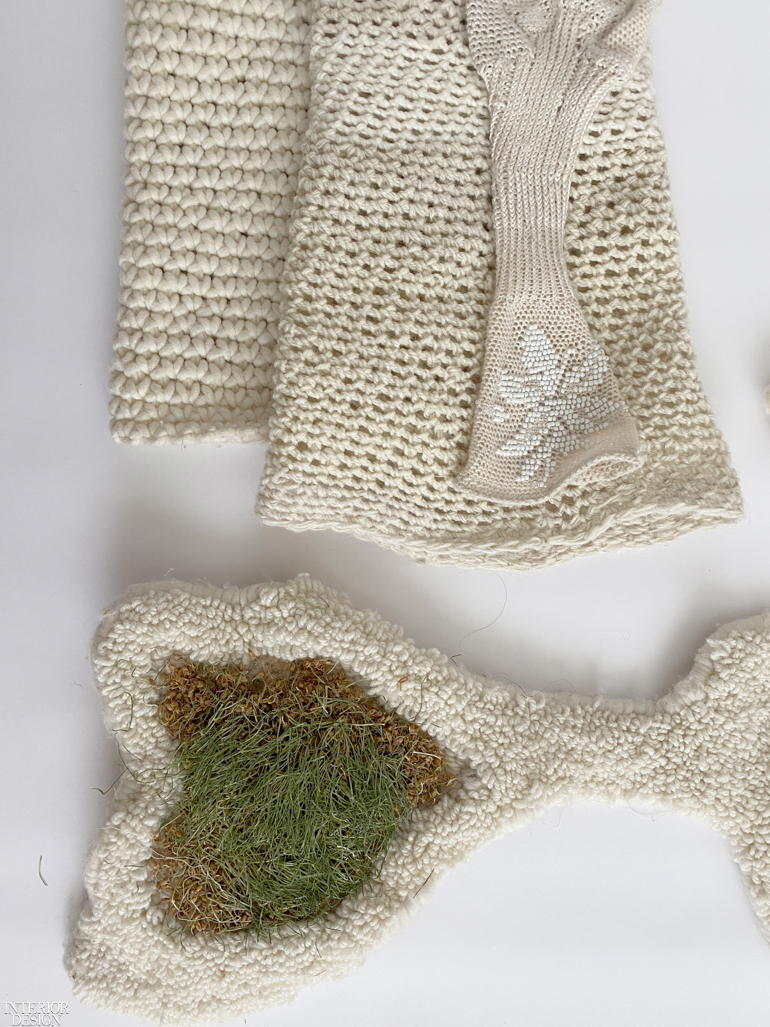
Using nature as a metaphor of privilege during the ongoing climate crisis, Olmedo explores the relationship between the self and the earth through labor-intensive, hand-made methods.
Read next: Thousands of Students Learn From Design Masters in Be Original Americas’ Virtual Fellowship
